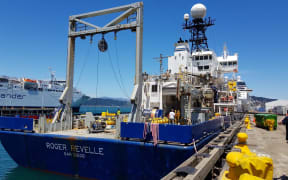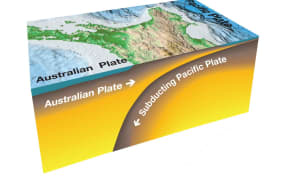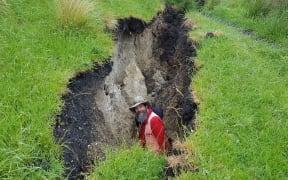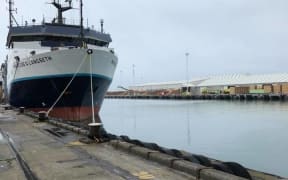Increased pressure building on New Zealand's largest fault has kicked into motion a project for an emergency response plan.
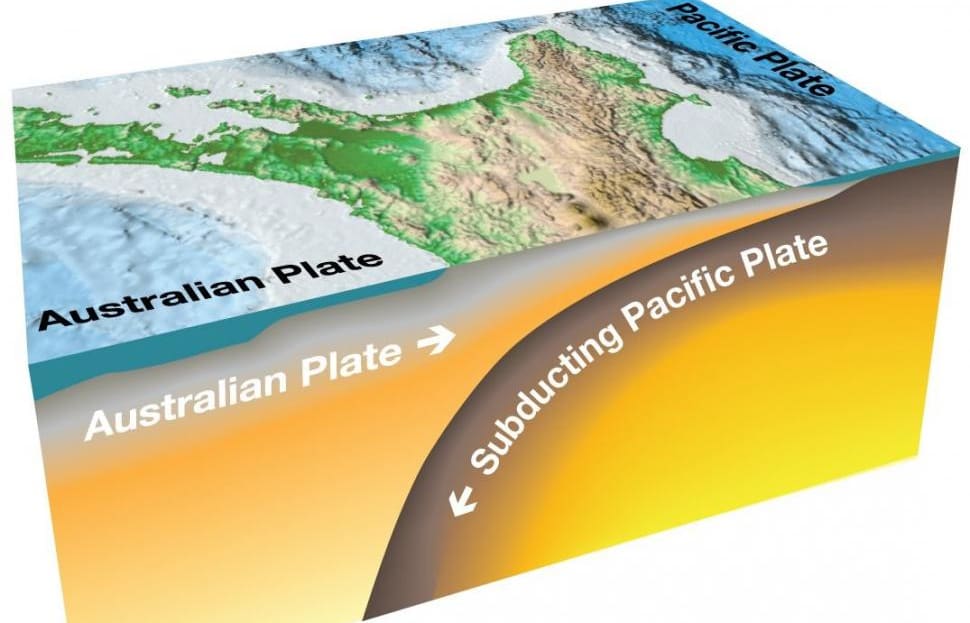
Photo: Supplied / East Coast LAB
Research in recent years shows there is a greater likelihood of a rupture than first thought on the Hikurangi fault line, following the Kaikōura earthquakes in 2016, according to the East Coast Life at the Boundary (LAB).
GNS scientist Laura Wallace said this was a result of a combination of factors, including evidence for pressure building on the fault, and geological evidence for prehistoric earthquakes on the subduction zone.
"A subduction zone is where one tectonic plate subducts [dives] underneath another - the boundary between these two plates forms a large fault. This one in particular runs offshore from the east of Gisborne down to the top of the South Island and poses a significant earthquake and tsunami risk to the entire east coast of New Zealand."
She said subduction zone faults had been responsible for most of the world's deadliest earthquakes and tsunamis to date, and it was now a matter of when and not if that rupture would happen.
"While we're carrying out more research to build a clearer picture of the hazard posed by the Hikurangi fault, we know a rupture at some point in the future is certain."
The East Coast LAB - along with Civil Defence and other expert groups - will undertake the mission of establishing a Hikurangi Response Plan using a magnitude 8.9 earthquake and tsunami scenario.
The plan is part of a three-year project which will outline how to respond to an earthquake on the Hikurangi fault line, and enhance communities' earthquake and tsunami preparedness.
However, the East Coast LAB said that while the scenario was scientifically credible, scientists can not predict when or how any real event will occur.
The plan will also help determine implications of such an event for the most 'at risk' communities on the North Island, as well as New Zealand as a whole.
Project lead Natasha Goldring said building the collaborative response plan was vital in lifting readiness for a future earthquake.
"The scenario we are using to support the development of this response plan is a very realistic example of what we could face in our lifetime, or that of our children and grandchildren," Ms Goldring said.
Information on how to prepare for an earthquake or tsunami can be found here.
